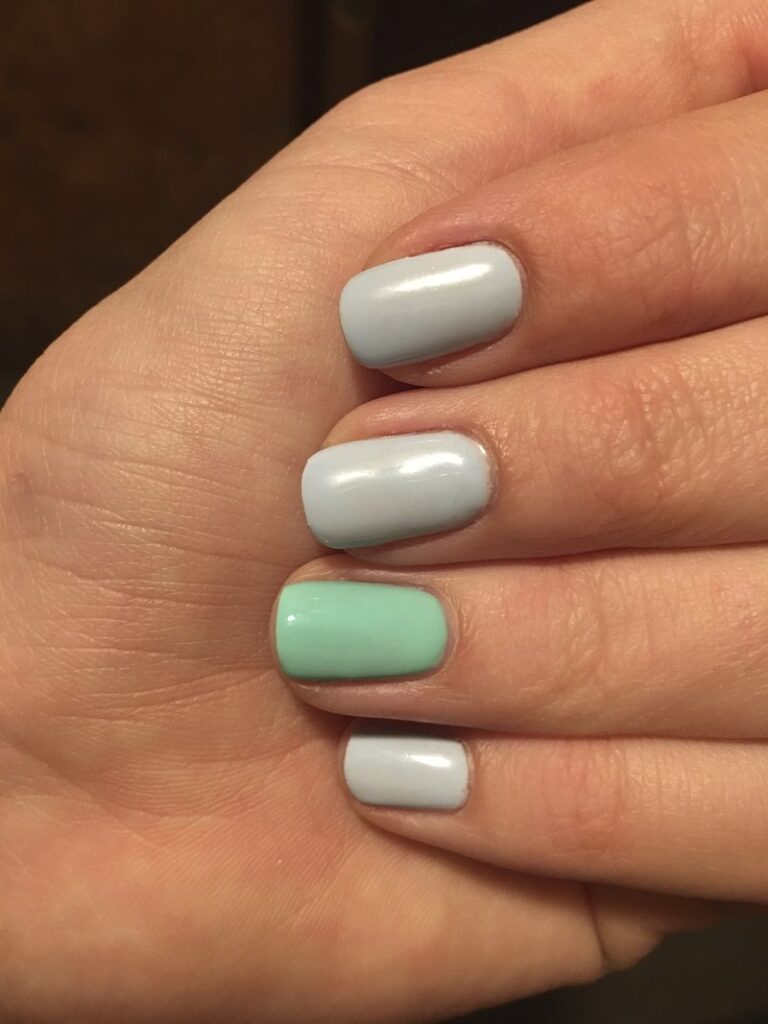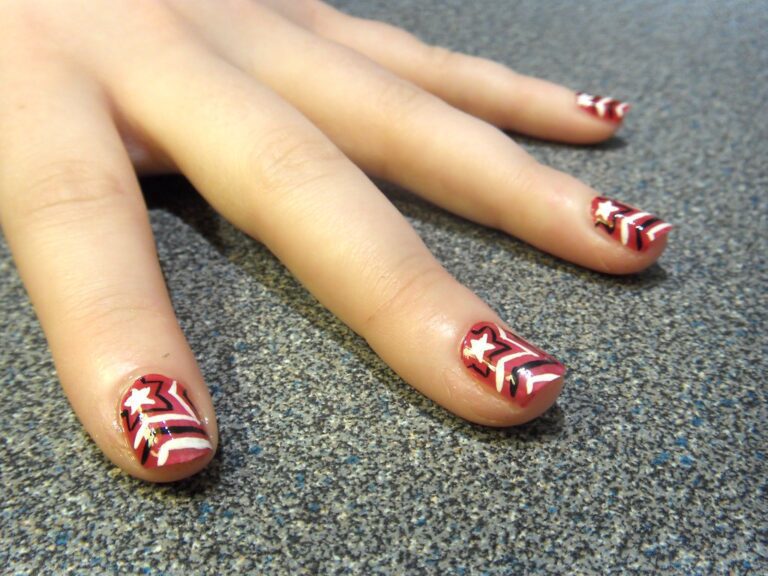“Baseboard Brilliance: Nails for Baseboards”
Baseboards are an essential element in home design, providing a finishing touch that enhances the overall aesthetic of a room. In this article, we will explore the importance of nails in baseboard installation and discuss the key factors to consider when choosing the right nails for your baseboards. Additionally, we will cover installation techniques and finishing touches to ensure a professional and secure baseboard installation.
Key Takeaways
- Selecting the right nails is crucial for the stability and longevity of your baseboards.
- Consider factors such as material, finish, and size when choosing nails for baseboard installation.
- Proper nail placement and techniques are essential for secure and stable baseboards.
- Finishing touches such as filling nail holes, caulking, and painting contribute to a polished and professional look.
- Avoid common mistakes during installation to ensure a seamless and durable baseboard finish.
Understanding Baseboard Installation

The Role of Nails in Baseboard Fixing
Nails are the cornerstone of baseboard installation, providing the necessary grip that keeps the trim firmly attached to the wall. While it might seem like a trivial detail, the choice of nail can significantly affect the longevity and appearance of your baseboards.
- Proper nail selection* ensures that the baseboard will not only stay in place but also be free of unsightly bulges or gaps. It’s important to consider the material of the wall and the baseboard when choosing nails to ensure compatibility and a secure fit.
Always use nails that are long enough to penetrate at least 1 inch into the wall studs for maximum stability.
Remember, the goal is to achieve a clean, professional finish that complements the overall aesthetic of the room. Therefore, taking the time to select the right nails is a small but crucial step in the baseboard installation process.
Selecting the Right Type of Baseboard
Selecting the right type of baseboard is a critical decision that can impact both the aesthetics and durability of your home. The market offers a variety of materials, each with its own set of benefits and considerations. Medium-Density Fiberboard (MDF) is a popular choice due to its cost-effectiveness and smooth finish, making it ideal for painting. However, traditional wood baseboards, such as pine or oak, provide a classic look and can be more durable over time.
When considering the type of baseboard to complement your flooring, it’s important to aim for a harmonious blend. For instance, hardwood floors typically pair well with solid wood baseboards that echo the natural beauty of the floors themselves. On the other hand, laminate or vinyl flooring might be better suited to MDF or other engineered products that offer flexibility in design and cost savings.
Shape and style also play a significant role in the selection process. The design of the baseboard should align with the overall architectural style of your home. From simple and sleek to ornate and traditional, the profile of the baseboard can either accentuate or soften the transitions between walls and floors.
Tip: Always consider the long-term maintenance and the environment of the room when choosing baseboard materials. For example, bathrooms and kitchens may require more moisture-resistant materials to withstand the higher humidity levels.
Preparation Steps for Baseboard Installation
Before the actual installation of baseboards begins, proper preparation is crucial to ensure a smooth and successful process. Start by measuring the perimeter of the room to determine the total length of baseboard needed. It’s essential to purchase a little extra to account for any mistakes or miscalculations.
- Marking the backside of the baseboard at the corner* is an important step that allows for precise cutting and an exact fit. Use a pencil for these marks, keeping them small and discreet to avoid visible lines after installation. Additionally, identifying the location of studs in the wall is a key preparation step. A stud finder can be invaluable here, as securing the baseboard to studs provides enhanced stability.
Tip: Always cut your baseboards at the predetermined angle for corners to ensure tight and professional-looking joints.
Finally, prepare your workspace by clearing the area of furniture and ensuring a clean, level floor. If you’re working with hardwood floors, it’s generally best to install the baseboards after the flooring to avoid damage and allow for a cleaner finish.
Choosing the Right Nails for Your Baseboards

Factors Influencing Nail Selection
When selecting the right nails for your baseboard projects, several factors must be taken into account to ensure a secure and aesthetically pleasing finish. The type of material you are nailing into, whether it’s softwood, hardwood, or drywall, will dictate the nail type and size. For instance, a thicker nail may be required for hardwood to prevent bending, whereas a thinner nail can be used for softwood or drywall to minimize splitting.
Environmental conditions also play a crucial role. In areas with high humidity or temperature fluctuations, it’s essential to choose nails that are resistant to corrosion, such as stainless steel or galvanized nails. Here’s a quick list of considerations:
- Material being nailed into
- Environmental conditions
- Baseboard material
- Aesthetic preferences
Tip: Always consider the final appearance when choosing your nails. A smaller nail head can be less visible and provide a cleaner look, but may require more care during installation to avoid damage to the baseboard.
Comparing Nail Materials and Finishes
When selecting nails for baseboard installation, the material and finish of the nail are as important as the size. Steel nails are a common choice due to their strength and durability, but other materials like stainless steel or brass are preferred in high-moisture areas to prevent rust. The finish of the nail can also play a crucial role in the longevity and appearance of your baseboards.
Galvanized nails are coated with zinc to offer extra protection against corrosion, making them ideal for bathrooms or kitchens. On the other hand, a bright finish is suitable for interior projects where moisture is not a concern. For those seeking a more discreet look, nails with a daubed finish can be painted over, allowing them to blend seamlessly with the baseboard.
Tip: Always consider the environment where the baseboards will be installed. Choosing the right nail material and finish can prevent future maintenance issues.
Here’s a quick comparison of common nail finishes:
- Bright: Uncoated, susceptible to corrosion; best for dry, indoor use.
- Galvanized: Coated with zinc; excellent for moisture-prone areas.
- Stainless Steel: Rust-resistant; perfect for high-humidity environments.
- Brass: Decorative, corrosion-resistant; used for aesthetic purposes.
Nail Size and Length Considerations
The size and length of the nails you choose for your baseboards are crucial for ensuring a secure and lasting installation. Nail length is particularly important; it should be long enough to penetrate not only the baseboard but also deeply enough into the wall stud or backing material. Typically, a good rule of thumb is that the nail should be at least three times as long as the thickness of the baseboard.
Gauge is another aspect to consider. The thickness of the nail, or gauge, affects how much holding power it has. Finer nails are less likely to split the wood but may not hold as securely, while thicker nails provide a stronger hold but increase the risk of splitting.
Tip: Always check for pipes and wires before nailing into a wall to avoid costly damages.
Here’s a quick reference guide for selecting the appropriate nail size and length:
- For 1/2 inch thick baseboards, use 1 1/2 inch nails
- For 3/4 inch thick baseboards, use 2 to 2 1/2 inch nails
- For thicker or heavier baseboards, consider 2 1/2 to 3 inch nails
Remember, the right balance between nail length and gauge will ensure your baseboards are securely attached and have a clean, professional appearance.
Installation Techniques for Secure Baseboards

Proper Nail Placement for Stability
Achieving a stable baseboard installation requires precise nail placement. Nails should be driven into the wall studs to ensure a firm hold. Typically, studs are spaced 16 inches apart, but this can vary in different homes. Use a stud finder to locate them accurately before you start nailing.
When nailing baseboards, the angle at which you drive the nails is also crucial. Nails should be angled slightly downward and toward the wall to provide the most secure grip. This technique, known as toe-nailing, helps to anchor the baseboard more effectively.
Here’s a quick guide to proper nail placement:
- Locate wall studs using a stud finder
- Mark the stud positions on the wall
- Position the baseboard against the wall
- Nail at a downward angle into each stud
Tip: If you can’t find a stud where you need to nail, apply a dab of construction adhesive to the back of the baseboard for additional support.
Using Nail Guns vs. Hammering by Hand
The choice between using a nail gun and hammering by hand is pivotal in the baseboard installation process. Nail guns offer a swift and consistent method of driving nails, which is particularly beneficial for large projects or when time is of the essence. They are designed to work with specific types of nails, ensuring a secure fit every time. On the other hand, hammering by hand allows for a more tactile experience where the installer can feel the nail being driven into the wood, providing a sense of control and precision.
-
Nail Gun Advantages:
- Speed and efficiency
- Consistent nail depth
- Reduced physical effort
-
Hammering Advantages:
- Greater control
- No need for power sources
- Can be more cost-effective
Tip: When choosing between a nail gun and hammering by hand, consider the scale of your project and your comfort with power tools. For beginners, practicing with a hammer can build skill and confidence, while professionals may prefer the speed of a nail gun.
While nail guns are generally faster, they do require a power source and can be more expensive initially. However, the long-term benefits of reduced labor and time savings often justify the investment. Conversely, hammering by hand is more accessible and can be done with minimal equipment, making it suitable for small jobs or occasional use.
Avoiding Common Mistakes During Installation
When it comes to avoiding common mistakes during installation, attention to detail is key. Ensure that the baseboards are aligned properly and securely fastened to prevent future issues. Additionally, double-check the nail placement to guarantee stability and longevity. Lastly, take the time to inspect the finished installation for any imperfections or gaps that may need to be addressed.
Finishing Touches for a Professional Look

Filling and Sanding Nail Holes
After filling and sanding nail holes, it’s important to ensure a smooth and flawless surface for your baseboards. Wood filler can be used to cover seams, cracks, or nail holes, providing a polished finish. Additionally, sanding the filled areas will create a seamless transition between the baseboard and the wall. Remember to use fine-grit sandpaper for a professional touch. Finally, a coat of primer can help prepare the surface for painting or staining, ensuring a professional and long-lasting result.
Caulking for Seamless Joints
Achieving a professional finish on baseboards often comes down to the subtle art of caulking. The right caulk bridges the gap between the baseboard and the wall, creating a seamless appearance that elevates the entire room. When selecting a caulk, consider its flexibility, paintability, and durability.
For best results, follow these simple steps:
- Ensure the surface is clean and dry before application.
- Apply the caulk smoothly, using steady pressure on the caulk gun.
- Smooth the caulk bead with a damp finger or a caulking tool for a neat finish.
- Wipe away any excess caulk immediately to avoid a messy look.
Tip: For gaps larger than 1/2 inch, consider using a backer rod before caulking to provide a solid foundation for the caulk to adhere to.
Remember, the goal is not just to fill gaps but to do so in a way that’s practically invisible after painting. A small amount of caulk, applied correctly, can make all the difference. Allow the caulk to dry thoroughly before proceeding with painting or staining to ensure the best adhesion and a smooth, professional appearance.
Painting and Staining Tips
After completing the painting and staining of your baseboards, it’s important to focus on the finishing touches to achieve a professional and polished appearance. Start by filling any nail holes with a high-quality wood filler, ensuring a smooth and seamless surface. Once the filler is dry, lightly sand the filled areas to blend them with the rest of the baseboard. Caulking is essential for creating seamless joints between the baseboards and the wall, providing a clean and professional finish. Finally, when painting the baseboards, use a high-quality paint and apply it evenly to achieve a flawless and durable finish that enhances the overall appearance of the room.
When it comes to achieving a professional look for your nails, the finishing touches make all the difference. At NAILinspire.com, we understand the importance of attention to detail and the impact it can have on your overall nail art design. Our comprehensive online nail art design library is filled with inspiration, tutorials, and tips to help you perfect your nail art. Whether you’re a seasoned nail artist or just starting out, NAILinspire.com is your go-to destination for all things nail art. Visit our website today and take your nail art to the next level!
Frequently Asked Questions
What type of nails are best for baseboard installation?
The best nails for baseboard installation are finishing nails, as they provide a clean and professional look.
How do I know what size nails to use for my baseboards?
The size of nails to use for baseboards depends on the thickness of the baseboard and the material of the wall. It’s recommended to use nails that are long enough to penetrate both the baseboard and the wall material.
Can I use a nail gun for installing baseboards?
Yes, a nail gun can be used for installing baseboards, and it often provides a faster and more efficient installation process compared to hammering nails by hand.
What should I do if I accidentally hammer a nail in the wrong place?
If a nail is hammered in the wrong place, it can be carefully removed using a nail puller or pliers. The hole can then be filled and repaired to maintain a professional appearance.
Do I need to caulk around the baseboards after installation?
Caulking around baseboards after installation is recommended, as it helps create seamless joints and prevents dust and debris from accumulating in the gaps.
Should I paint or stain the baseboards first?
It’s generally recommended to paint or stain baseboards before installation to ensure complete coverage and to avoid any potential damage to surrounding walls and flooring during the finishing process.







